California’s plan to generate energy using the wind would be harmful to the ecosystem, according to a leading environmentalist.
Michael Shellenberger, a leading climate and environmental activist, deems the technology expensive, unreliable, and “incredibly disruptive” to the environment, even as Gov. Gavin Newsom and the Biden administration tout the benefits of offshore wind development along California’s coast.
“It’s ironic, because [they] say they care about the natural environment [and] they don’t want to industrialize the oceans—[but] if you care about the environment, you should always be looking for ways to use less of it,” Shellenberger told The Epoch Times.
“During a heatwave—when you need to use a lot more energy for air conditioning—we won’t have that energy coming from that wind farm. So it’s not going to help at all for dealing with the energy shortages we have.”
“The problem is that we need power when the sun’s not shining [and] when the wind stops blowing,” he said.
Replacing Nuclear Power
The Biden administration’s development plan represents a coordinated endeavor by national climate adviser Gina McCarthy, Interior Secretary Deb Haaland, Undersecretary of Defense for Policy Dr. Colin Kahl, and Newsom to deploy 30 gigawatts (GW) of offshore wind energy across the country by 2030.Shellenberger contends that it won’t be nearly enough.
“[But] it would only provide half the power total of Diablo Canyon, [which] provides power for 3 million people. … You can’t replace a reliable source of energy with an unreliable one. If the wind isn’t blowing, then you’re not gonna generate any electricity.”
Nancy Rader, executive director of the California Wind Energy Association, called the offshore project “a major breakthrough,” but acknowledged it would be a “huge challenge.”
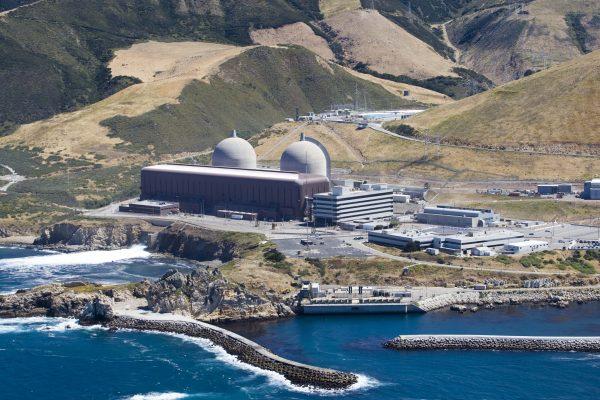
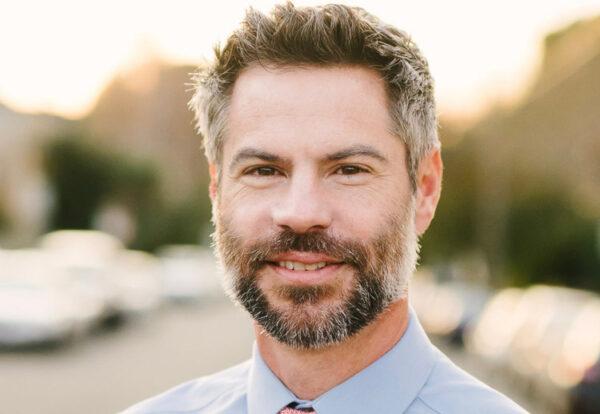
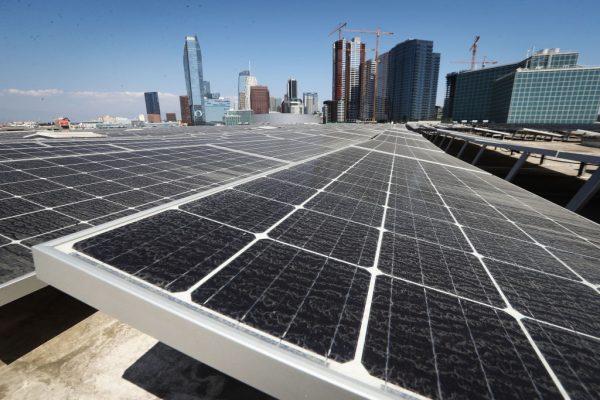
Lessons From Solar
Shellenberger said energy provided by weather-dependent renewables represents a paradox.“[They] don’t generate electricity when you need them.”
He pointed to lessons that California should have already learned due to reliance on solar panels for energy. In 2020, the state experienced its first rolling blackouts in nearly two decades.
“We’re the fifth-largest economy in the world. … We should not be having power outages. And yet we are … because we have spent so much money on weather-dependent renewable energy sources, mostly solar,” Shellenberger said.
“The sun is going down when people come home from work, and that’s when power tends to go back up. So it’s really not matched well for our civilization.”
Shellenberger said the problems posed by solar energy panels run even deeper: By using between 300 and 400 times more land than nuclear or natural gas plants, they ultimately cause more damage to the environment.
The complexes also require about 17 times more steel and cement to construct, he added. “All of that additional material becomes a waste on the back end,” as opposed to uranium, which is easy to store, easy to care for, and provides an optimal amount of energy.
“The state of California has—for almost a decade—been figuring out what to do with all these solar panels, because as soon as you remove them from your roof, they become hazardous waste automatically,” he said.
Since solar panels can’t be deposited into a landfill, they have to be “specially processed,” thereby raising the cost of solar energy significantly.
Shellenberger refers to the skirting of these problems as “greenwashing”—meaning the industry creates a false impression of being environmentally friendly while overlooking eventual waste problems.
At the end of the day, he estimates that solar panels generate about 300 times more waste than nuclear energy resources. Moreover, he said the manufacturing of solar panels is taking place under “absolutely unethical conditions.”
“This is a place where 1 to 2 million ethnic Muslim Uyghurs are in concentration camps, and being offered the choice to work in solar panel factories, but that’s coerced labor.”
‘Moving in the Right Direction’
Rather than fixating on “necessarily unreliable” weather-dependent energy sources that will “result in higher costs” than Californians already pay, Shellenberger proposes that state and federal officials turn their attention to problems that are more widespread than climate change.While he believes that climate change is real, “it’s not the end of the world,” he said. “We’re actually moving in the right direction on a lot of metrics.”
“That was positive for the economy, produc[ing] about $100 billion in energy savings every year.”
“That’s a huge success,” he said.
“It’s impossible for me, as somebody that’s been a climate [and] environmental activist for so long, to look at those numbers and not think the overdose crisis is significantly more important than climate change,” he said. “It’s not to say that climate change won’t have any impacts—it very well could—[but] the global warming that we have is a side effect of our prosperity, of our flourishing, of our use of energy. And so we have to always put those things in balance.”
He added, “We need to get some clarity about the things that really are important, [and] also get clear about what are the sources of energy that we should … be using in order to improve people’s lives and lift everybody out of poverty while also protecting the environment.”
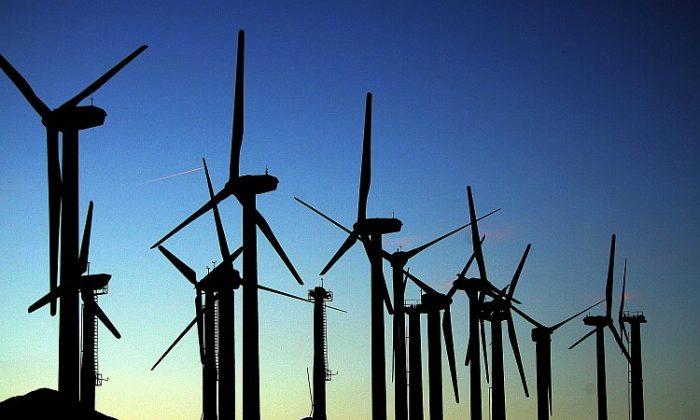



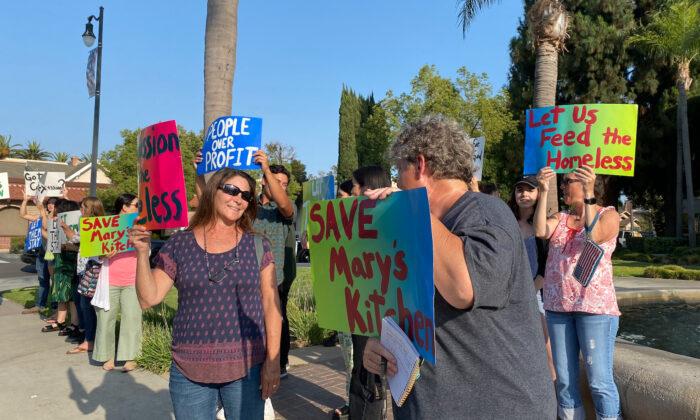

Friends Read Free